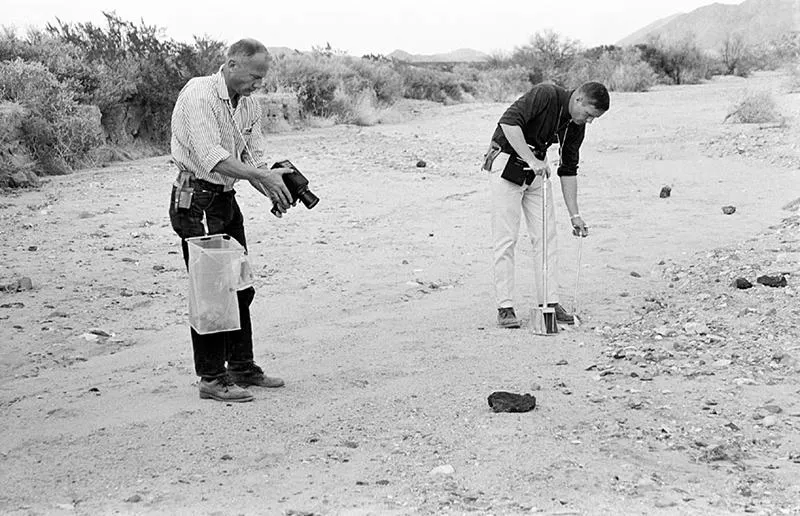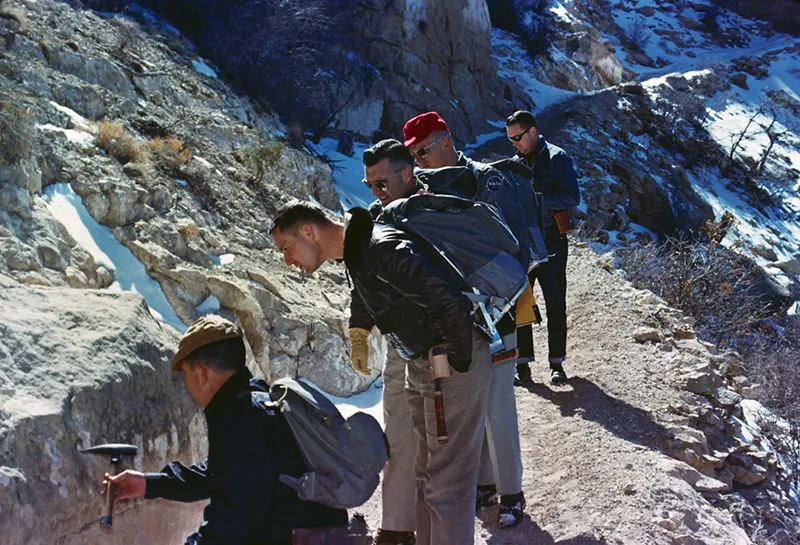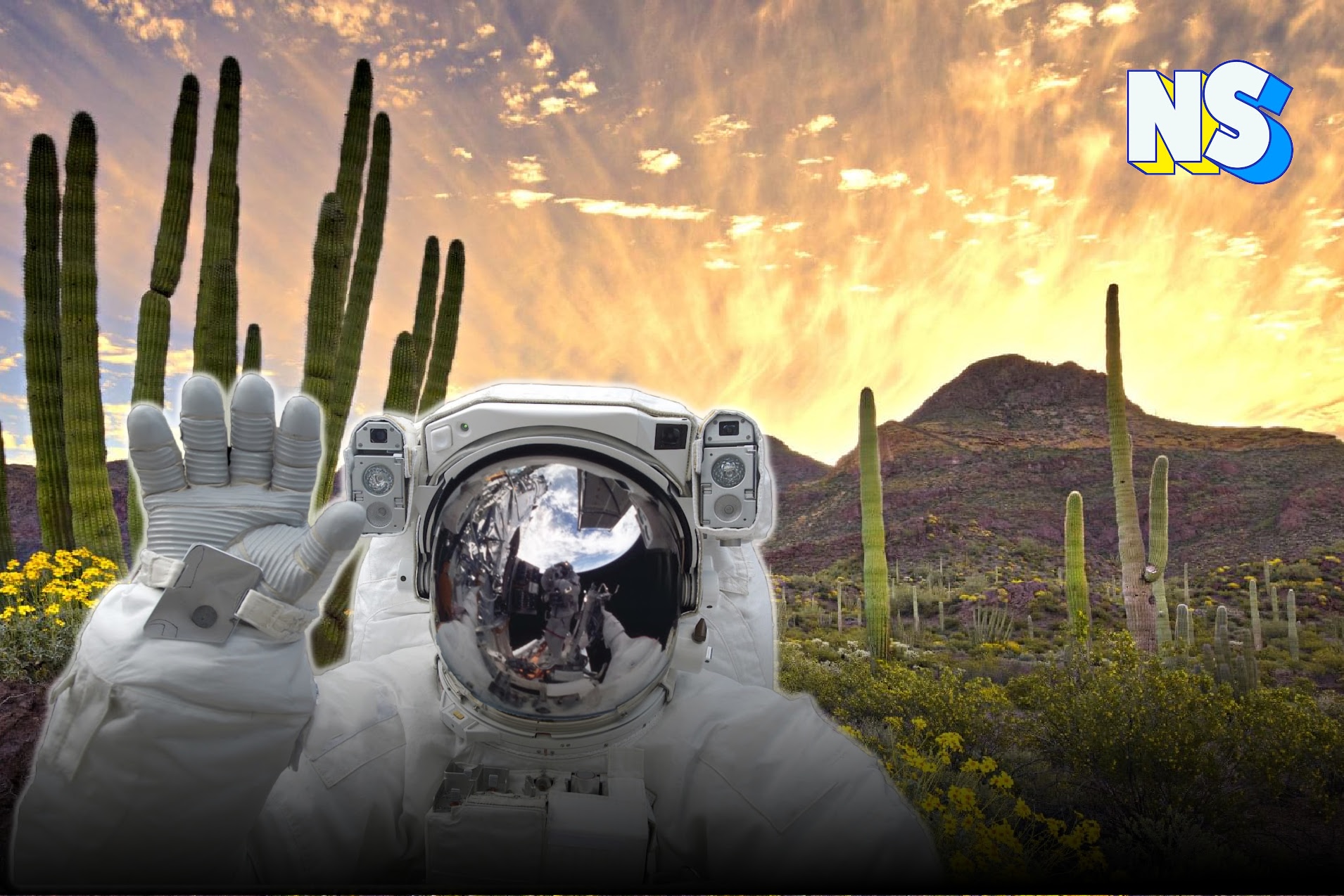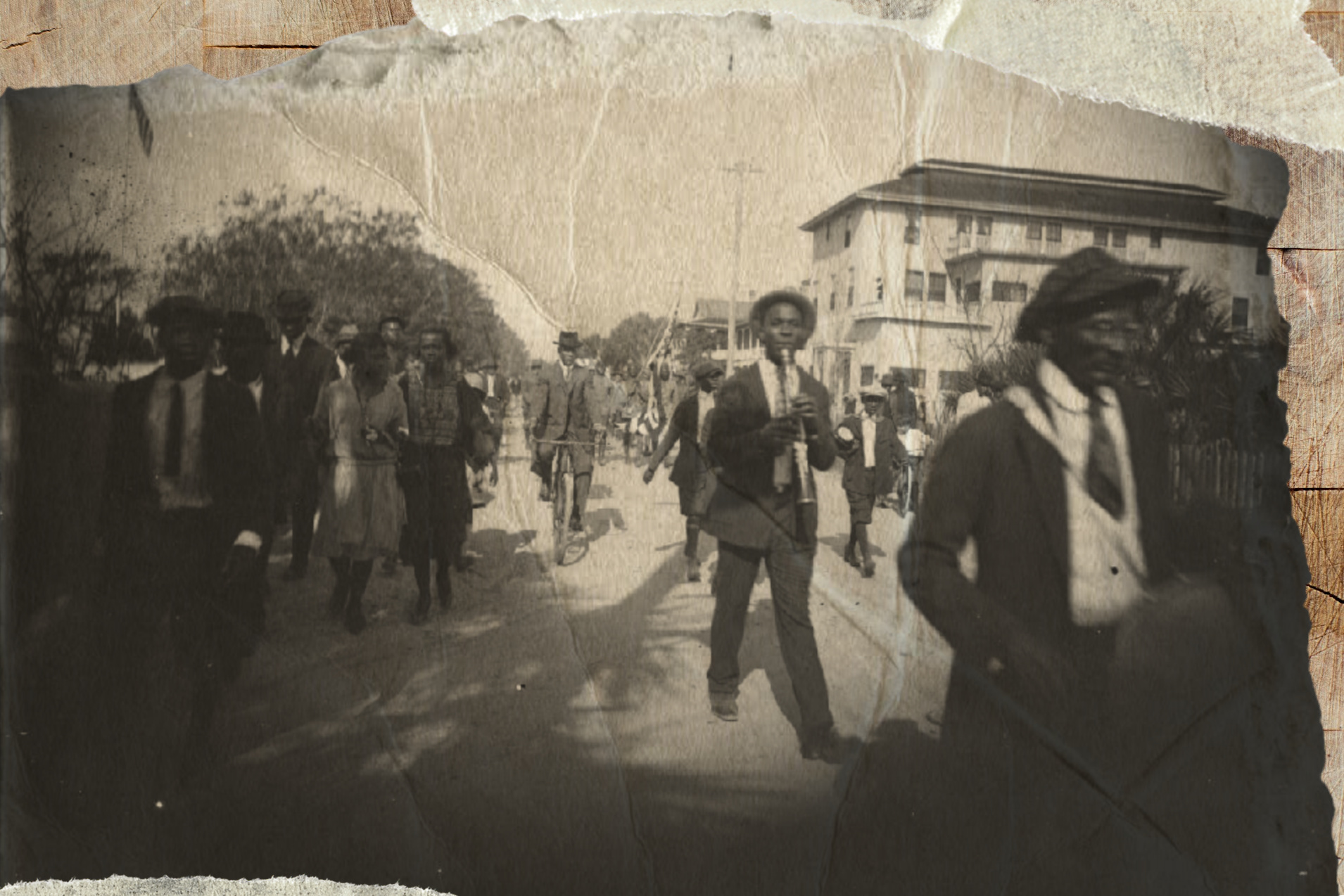Credit: Nuestro Stories.
At 10:56 p.m. ET on July 20, 1969, American astronaut Neil Armstrong of Apollo 11 put his left foot on the lunar surface and famously declared, “That’s one small step for man, one giant leap for mankind.”
In the 50-plus years since that astounding feat, few people know that Armstrong and other future Apollo Moon teams prepared for their grueling missions with the help of Mexican scientists in the Mexican Sonoran Desert that borders California and Arizona.

Mexico’s Contribution to Moon Missions
The development of the 1969 space mission was built on various attempts that suffered catastrophic casualties. As John Logsdon, Professor Emeritus of Political Science and International Affairs at George Washington University, states, “the Apollo experience was unique. It was closer to a war in a military-like experience of a great battle or an invasion than today’s space activities.”
The education, training, and experience that Apollo 11 was subjected to before launching was exhaustive and thorough. NASA took extreme measures to ensure the crew was prepared for the landing on the moon and for any unforeseen situations that might arise on the journey.
From the Panamanian jungle to the Nevada desert, astronauts were pushed to their limit in survival training. The crew was required to expand their scientific knowledge to conduct experiments on the lunar surface. They also went to Iceland, Hawaii, and the Grand Canyon to receive education on recognizing and cataloging features on the moon.

However, one of the most demanding training that the astronauts received was in the Sonoran Desert, primarily located in Mexico. In the United States, the Sonoran Desert encompasses a southern third of Arizona and small areas in southeastern California. The Sonora landscape was perfect for scientists to train the Apollo 11 astronauts on a lunar landing.
The Orocopia and Chocolate Mountains of the desert were some of the sites that the Apollo crews visited to train for their trips to the moon. NASA created “outdoor classrooms” where the astronauts were taught to make scientific observations in harsh and challenging environments. These training camps are still established today – they continue to provide education and training that will inform the following Moon missions with Artemis planned for this decade.
For a 2030 projected mission to Mars, NASA is once again developing training strategies in the Mexican Sonora Desert. In partnership with the Mexican Space Agency (AEM) and the University of Sonora (UNISON), they plan to train astronauts at the Pinacate Biosphere Reserve ahead of the international expedition.
Estimating astronomical landscapes is no easy task, but the more-than-capable team of scientists, astronauts, engineers, and IT specialists, among other experts, at NASA are dedicating their efforts to research. Crews have been using existing landscapes to carefully train expedition teams. The Sonora Desert is once again serving as the perfect preparation camp for America’s ultimate trips back to planetary space exploration.
https://nuestrostories.com/wp-content/uploads/2022/04/Edurne-Sosa-El-Fakih-Nuestro-Stories-Writer-Image.png
By Edurne Sosa
Edurne Sosa El Fakih is a Venezuelan anthropologist-to-be and everlasting aspiring writer. With a passion for cultures, Edurne has conducted research in the Mexican highlands of Chiapas and is dedicated to sustainability and indigenous empowerment and agency. Edurne strives to give voice to the suppressed Latin American rural heritage in which she grew up through her writing, which has also inspired several short fiction stories published in different magazines throughout Latin America and Spain. Currently, she is finishing up her first novel and a compilation of short stories to be published this year. To see more of her writing, you can visit www.izkarralde.com or follow her on Instagram @izkarralde





